About 10 Years Ago I Was Working For A Gaming Company Doing Creature Design. After Work, I Would Go Home
About 10 years ago I was working for a gaming company doing creature design. After work, I would go home and dissect animals in my garage. I borrowed a tiger carcass from a local taxidermist. I wanted to understand how the jaw muscles worked, so I stop motion animated it.

The muscle on the back of the head (Temporalis) bulges out when the jaw is closed. But when the is jaw is open, it depresses in like the surface of a trampoline. But not uniformly, in a Y shaped pattern.

I ended up getting evicted for stop motion animating tiger parts in my garage…..but it was worth it. I still have hard drives full of animal carcasses reference animations today. Fun Times.
More Posts from Dagothurofficial and Others
I see a lot of positivity posts about 12-year-olds just learning to draw. Posts cautioning us to be mindful of 11-year-olds with no grasp of anatomy and 13-year-olds whose characters are all the same person with different hair and clothes, and I love those posts. Those are great posts. Keep those posts coming, tumblr.
But can I ask, what about the 25-year-old who just bought their first ever sketchbook? What about the 32-year-old who’s been drawing for a month and has just about got the hang of a human-looking face? What about the 67-year-old who finally has time to sit down and learn how to paint like they’ve always wanted?
Not everyone starts drawing as a child. Not everyone learned as a preteen. Some people start in college. Some people start when their career is going well and they feel like it’s time for a new hobby. Some people start after they’ve retired.
Not all beginner artists are kids, and I just think the adults ones deserve some encouragement, too.
Color Synonyms
White

also: pale; blanched; sallow; pallid; waxen; spectral; translucent; albino;
Grey
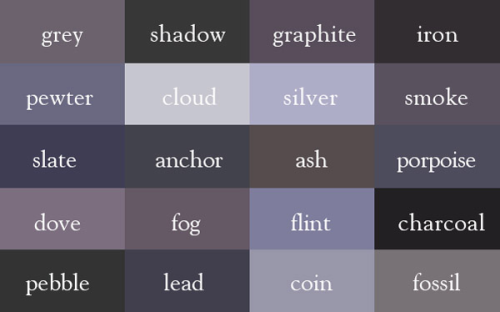
also: dust; stone; pepper;
Black

also: coal; slate; dusky; ebon; shadow; murky;
Tan

also: flesh; khaki; cream; tawny;
Brown

also: henna; russet; sepia; chestnut; cocoa; drab; bronze;
Red

also: terracotta ; rouge; carmine; fire-engine; ruddy
Orange

also: pumpkin ; rust ;
Yellow

also: sunny; amber; saffron; hay; straw; platinum;
Green

also: viridescent; grass; jade; forest;
Blue

also: turquoise; cyan; ultramarine; royal; aqua; aquamarine;
Purple

also: berry; amaranthine;
Pink

also: flushed; candy; cherry blossom; petal pink ;
—– source: http://ingridsundberg.com/
—–additional synonyms added by me









Wayne Anderson my beloved 💕




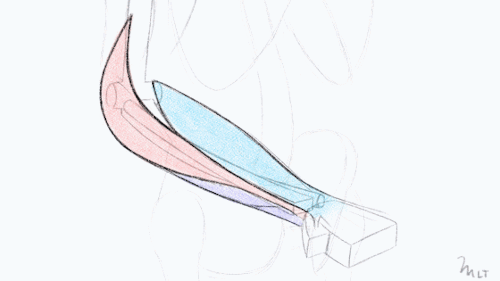



All the arms and hands studies and practices I did to level up my anatomy drawing.



art by Edward Gorey (1963)










Medival themed life drawing month at Zeet Studio Sketch!
Many many swords..
may you achieve all your creative aspirations in the new year, be it professionally, as a hobby, or both. may you gain everything you seek from it and allow it to bring you joy
handmade drawing references :)


















I took these pictures mainly to analyze my hand structure. Feel free to use them for your art, if you'd like to!
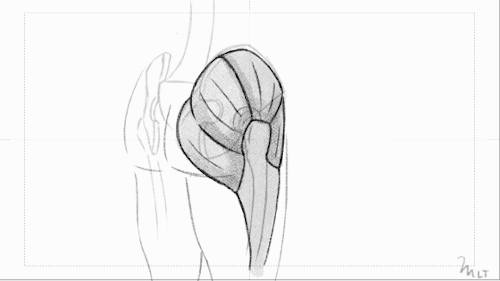
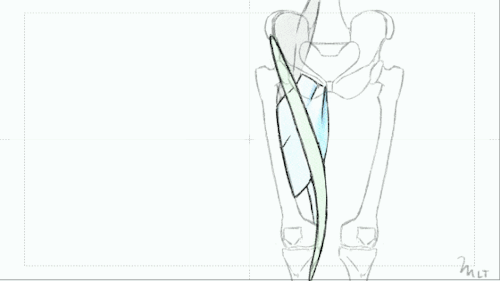
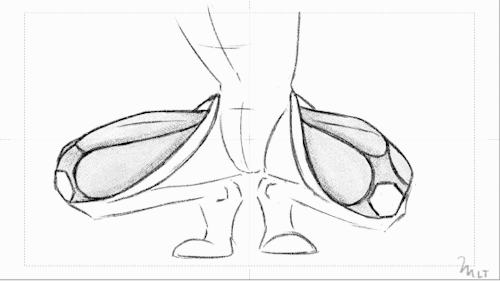


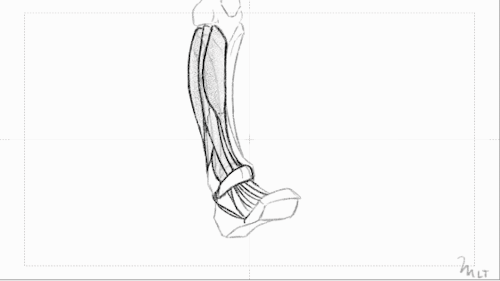
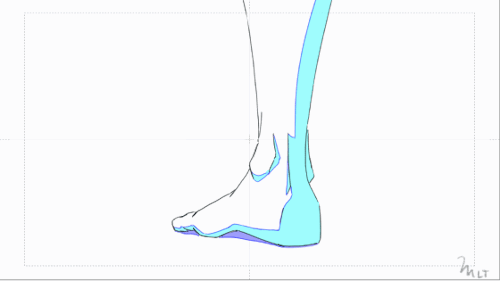
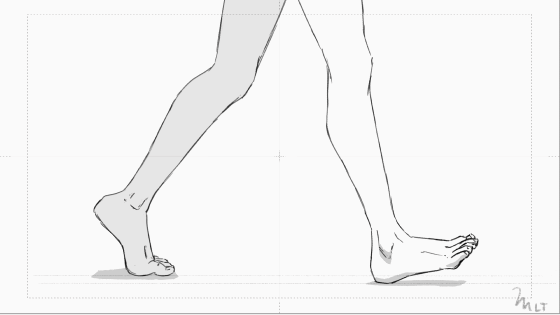
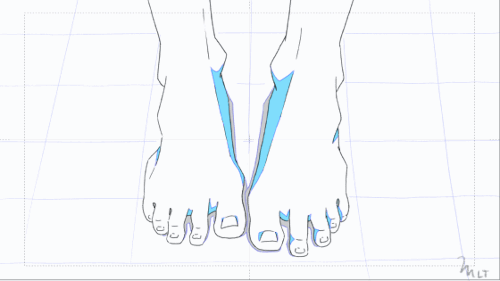
All the leg muscles and feet studies I did to level up my anatomy drawing. It all started 17 months ago as part of an art challenge I started on my Youtube channel and it's finally done!
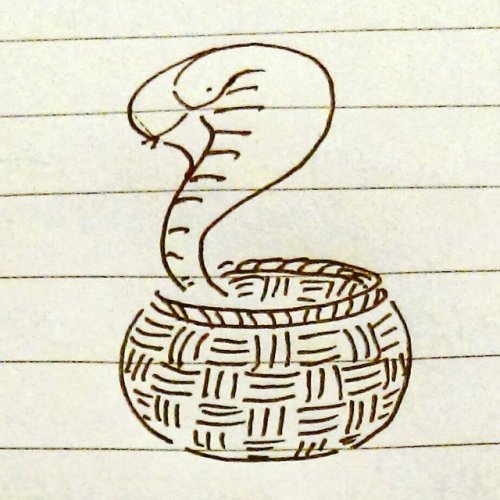
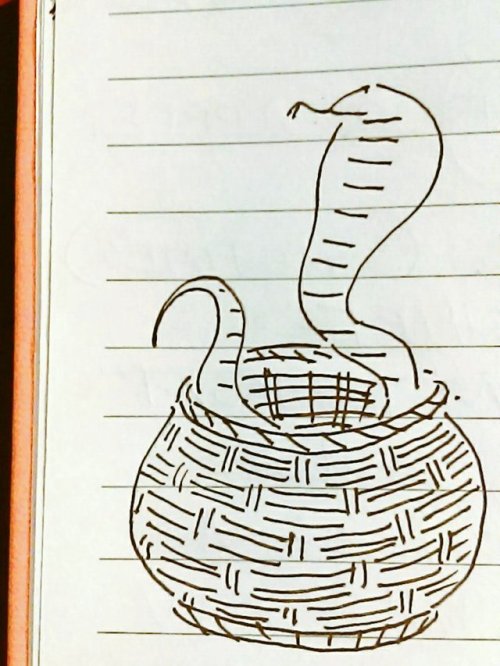
Hello friends, this is the long awaited tutorial on Line-Quality, Art-Style, and Same-Face-Syndrome.
Line-Quality is improved by building Muscle-Memory.
You build muscle memory through Drawing-Exercises.
Art-Style is developed over time through Observation and Routine.
Routines such as… Drawing-Exercises.
And now for… the Ultimate Drawing-Exercise-Routine!
It’s called Snake-In-A-Basket!!
Draw any kind of snake inside of any kind of basket. You have 5 to 20 minutes to complete it before each/every Big-Serious-Illustration to tackle. No more, no less time!
Draw it… NOW!

(my example that I drew in GIMP)
Art-Style is not necessarily what you think it is. A fairly common style issue discussed in artist circles is the inability to draw the same character twice while retaining their likeness or the lack of uniqueness which makes our art (recognizable) distinguishable from another’s “oh! YOU drew this!”.
Here are the fastest pathways to attaining the elusive Art-Style:
Repetition!!!!!
Recurrence-of-Thematic-Elements (everyone is sad, robots, someone is always shirtless, etc)
Same Color-Palette used for everything you draw
Same-Tools (line width, brush set, same paper, canvas size)
or Same-Program
(examples of palettes!! you can’t go wrong with having a rainbow)

Some Amount of Explanation:
If you draw on the same size or same scale (A6, A5, A4, A3 | B6, B5 | Letter) or in the same orientation (Landscape or Portrait), it helps you learn Composition intuitively by training you to make use of the space you have. Also it’s easier to print out and frame if you draw on common photo print sizes 4x6, 8x10, etc.
Even if you make a lot of use of Blend/Blur and you’re more of a Painter than a Cel-Shader– deciding to use a Set Personal-Default-Color-Palette instead of randomly choosing them on the Wheel/Triangle-Thing will still give you enough stable consistency.
Onto the next thing!
Same-Face-Syndrome is normally caused by one of two things. If it’s not one then it’s the other: Same Shapes or Same Details.
To make noticebly different characters you have to Exaggerate.


Circle, Square, Triangle, Rectangle? Short, Wide, Tall, Thin?
Before you try your hand at drawing any Face or Body Type, draw another Snake-In-A-Basket first.

You think I’m joking?
No. I’m not.

So to wrap up, you need to Warm Up to draw, you need to make a color palette and stick to it –or just use the same Crayola pencils, or the same kind of Bic pen, same kind of sharpie, .7 or .5, and have themes like “plaid flannels for everybody” or “hoodies and jeans”. Find those things you can execute consistently, like hatching or stippling, and if you like it, stick with it!
Hope this helps!
Now draw a SNAKE-IN-A-BASKET!
-
 haunterelle liked this · 1 week ago
haunterelle liked this · 1 week ago -
 clowntime1 liked this · 1 week ago
clowntime1 liked this · 1 week ago -
 moss-piglet reblogged this · 1 week ago
moss-piglet reblogged this · 1 week ago -
 howlerwolfmax liked this · 1 week ago
howlerwolfmax liked this · 1 week ago -
 brookriver-mudlark reblogged this · 1 week ago
brookriver-mudlark reblogged this · 1 week ago -
 opi1812 liked this · 1 week ago
opi1812 liked this · 1 week ago -
 space-alien04 liked this · 1 week ago
space-alien04 liked this · 1 week ago -
 prinxxxesscomplex liked this · 1 week ago
prinxxxesscomplex liked this · 1 week ago -
 mortuarymuse reblogged this · 1 week ago
mortuarymuse reblogged this · 1 week ago -
 robbyrobinavitch liked this · 1 week ago
robbyrobinavitch liked this · 1 week ago -
 bearhats liked this · 1 week ago
bearhats liked this · 1 week ago -
 dumpstergreens reblogged this · 1 week ago
dumpstergreens reblogged this · 1 week ago -
 autopsiedsage reblogged this · 1 week ago
autopsiedsage reblogged this · 1 week ago -
 videoworm reblogged this · 1 week ago
videoworm reblogged this · 1 week ago -
 videoworm liked this · 1 week ago
videoworm liked this · 1 week ago -
 markinganx reblogged this · 1 week ago
markinganx reblogged this · 1 week ago -
 markinganx liked this · 1 week ago
markinganx liked this · 1 week ago -
 charliethemanticore reblogged this · 1 week ago
charliethemanticore reblogged this · 1 week ago -
 charliethemanticore liked this · 1 week ago
charliethemanticore liked this · 1 week ago -
 ammonii-cinnamomi liked this · 1 week ago
ammonii-cinnamomi liked this · 1 week ago -
 bubbl liked this · 1 week ago
bubbl liked this · 1 week ago -
 myneonone liked this · 1 week ago
myneonone liked this · 1 week ago -
 midnightcootie reblogged this · 1 week ago
midnightcootie reblogged this · 1 week ago -
 deity-of-the-forgotten liked this · 1 week ago
deity-of-the-forgotten liked this · 1 week ago -
 skiesalight reblogged this · 1 week ago
skiesalight reblogged this · 1 week ago -
 skiesalight liked this · 1 week ago
skiesalight liked this · 1 week ago -
 contrivedanimebullshit liked this · 1 week ago
contrivedanimebullshit liked this · 1 week ago -
 bobthedragon liked this · 1 week ago
bobthedragon liked this · 1 week ago -
 dykefruit reblogged this · 1 week ago
dykefruit reblogged this · 1 week ago -
 dykefruit liked this · 1 week ago
dykefruit liked this · 1 week ago -
 battologist liked this · 1 week ago
battologist liked this · 1 week ago -
 mudandpretzels liked this · 1 week ago
mudandpretzels liked this · 1 week ago -
 shinkei-shinto reblogged this · 1 week ago
shinkei-shinto reblogged this · 1 week ago -
 bluem1st liked this · 1 week ago
bluem1st liked this · 1 week ago -
 scarlet-osseous reblogged this · 1 week ago
scarlet-osseous reblogged this · 1 week ago -
 scarlet-osseous liked this · 1 week ago
scarlet-osseous liked this · 1 week ago -
 smillingfishii liked this · 1 week ago
smillingfishii liked this · 1 week ago -
 fawncult liked this · 1 week ago
fawncult liked this · 1 week ago -
 mortuarymuse liked this · 1 week ago
mortuarymuse liked this · 1 week ago -
 withering-wake reblogged this · 1 week ago
withering-wake reblogged this · 1 week ago -
 trying-to-thrive liked this · 1 week ago
trying-to-thrive liked this · 1 week ago -
 saint-garbage liked this · 1 week ago
saint-garbage liked this · 1 week ago -
 trukingofskeletonhell reblogged this · 1 week ago
trukingofskeletonhell reblogged this · 1 week ago -
 all-american-trashcan liked this · 1 week ago
all-american-trashcan liked this · 1 week ago -
 starfruit-ninja liked this · 1 week ago
starfruit-ninja liked this · 1 week ago -
 alistairian liked this · 1 week ago
alistairian liked this · 1 week ago -
 eccedeus liked this · 1 week ago
eccedeus liked this · 1 week ago -
 kingdoms-edge liked this · 1 week ago
kingdoms-edge liked this · 1 week ago -
 cannibal-tendencies reblogged this · 1 week ago
cannibal-tendencies reblogged this · 1 week ago
